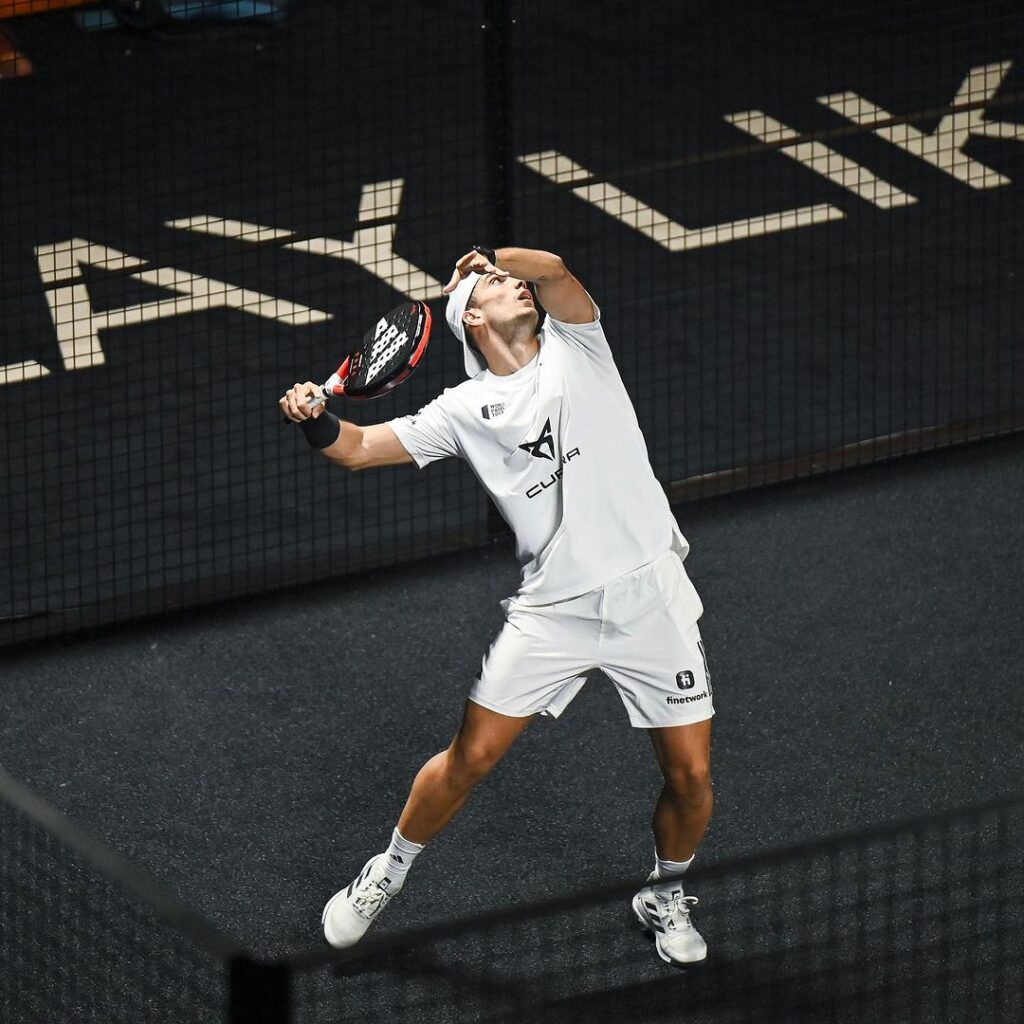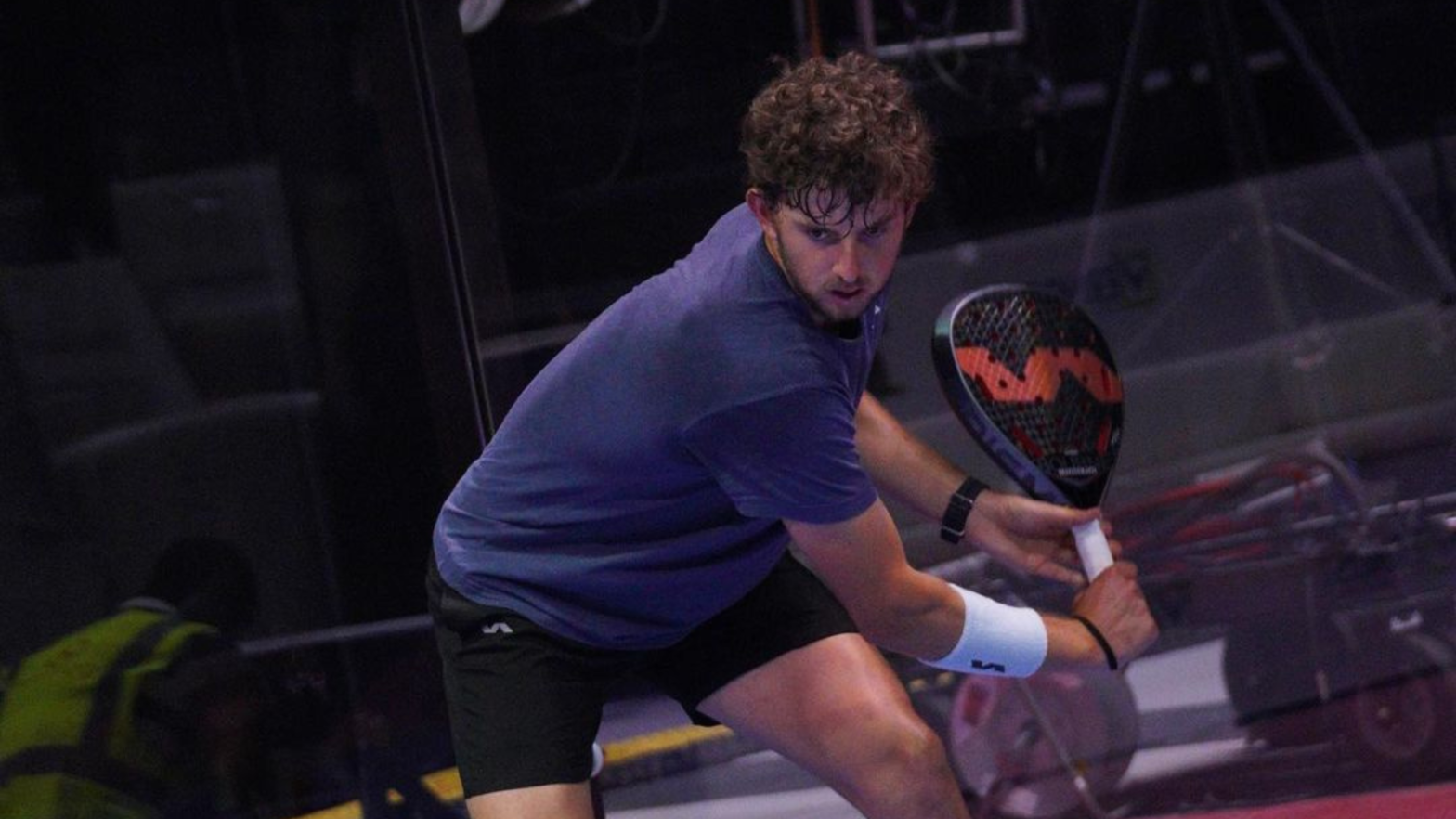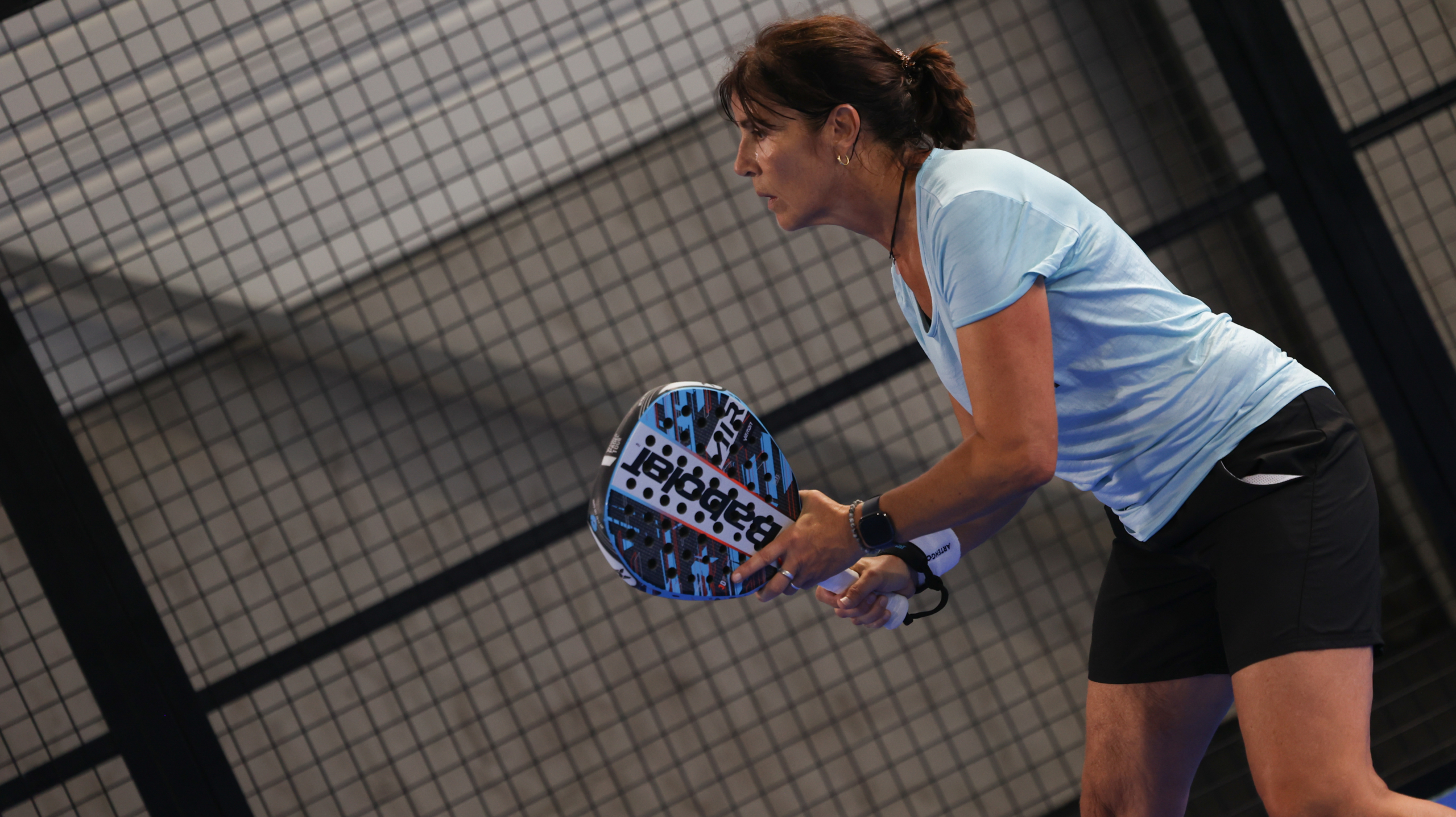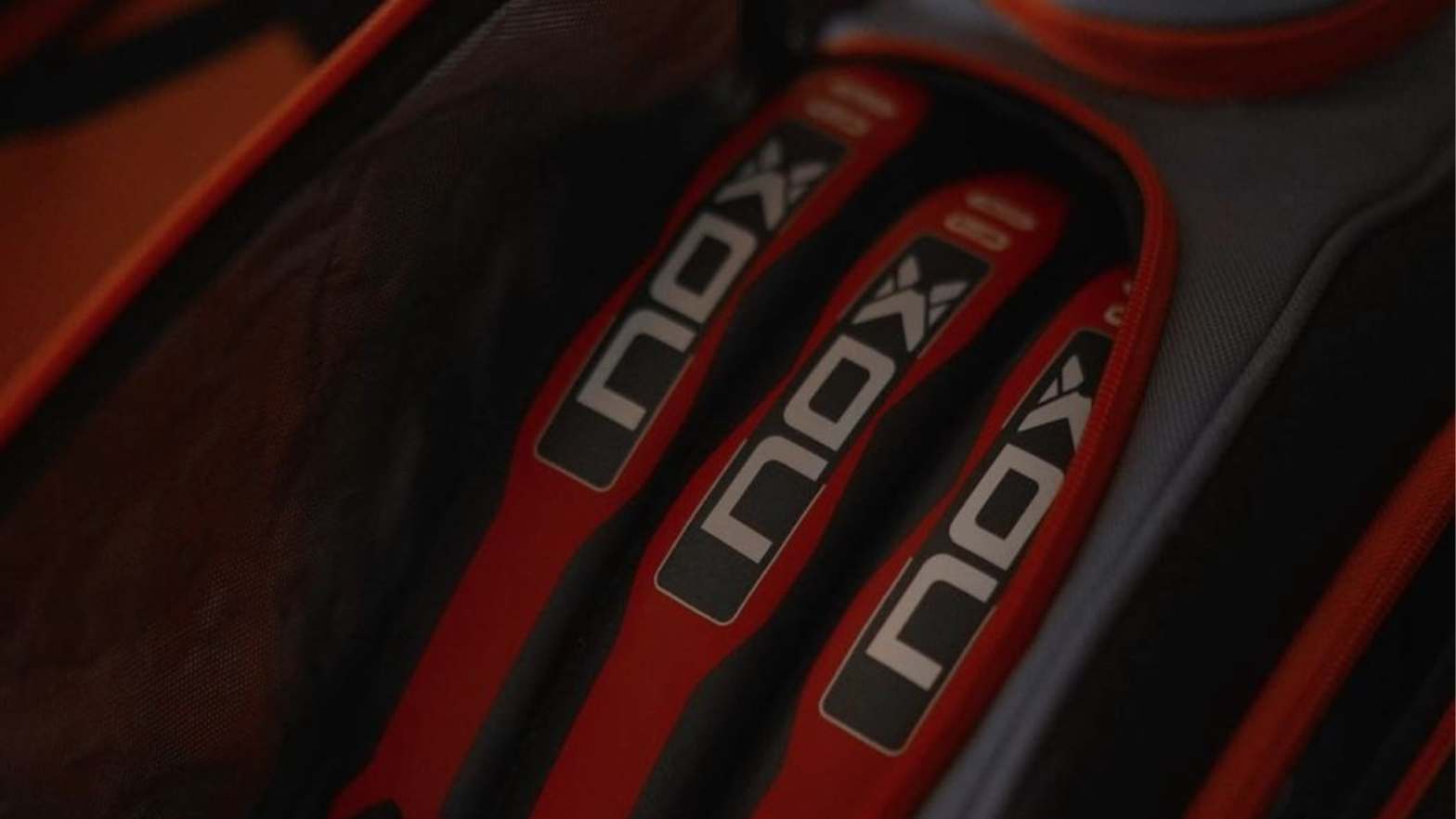
Finding the perfect foam for your padel racket
The core of a padel racket, as we discussed before, is an essential consideration for any player. The choice of foam depends on the player’s playing style, skill level, and physical condition. There are four commonly used foam types: soft foam, medium-density foam, hard foam, and the newly introduced dual-density foams.
Soft Foam
Soft foam is the most popular choice among padel players for several reasons:
- Comfort and Shock Absorption: Soft foams provide better cushioning and superior shock absorption. This can reduce the sensation of vibrations in the racket during powerful shots, helping to prevent arm and elbow injuries.
- Controlled Power: A soft core typically allows for greater ball deformation upon impact, resulting in a better feel for the ball. This can assist players in handling challenging shots.
- Tolerance: Due to the softer striking surface, mishits are less penalizing (larger sweet spot), which can be beneficial for players still refining their technique.
However, there are some potential drawbacks associated with rackets featuring soft foam:
- Reduced Precision: Rackets with soft foam may result in a heightened “bounce” sensation, making it challenging to precisely control the ball, particularly for experienced players seeking high precision.
- Less Responsiveness: The core’s deformation can limit the racket’s responsiveness, extending its presence on the faces, which may not suit all playing styles.
- Less Power: While rackets with soft foam generally offer decent power, they may not be suitable for players who heavily rely on sheer power in their approach to the game.
Hard Foam
Rackets with hard foam cores offer several advantages:
- Precise Control: Hard foams generally provide better control over the ball. They are suitable for players who prioritize the precision of their shots and want to be able to direct the ball with finesse.
- Stability and Responsiveness: They offer greater stability and responsiveness, which can be advantageous for players who want an immediate ball response at impact. This can also make volleys and quick reactions easier.
- Controlled Power: Although hard foams may not generate as much ball output as softer foams, they generally allow skilled players to control the amount of force applied to the ball. This helps maintain controlled power while minimizing errors.
- Durability: Rackets with hard foam cores tend to be more durable because the foam retains its structure and resilience for longer periods. This can be an advantage for players who prefer a long-term, durable racket.
However, there are some downsides to playing with a hard foam:
- Less Comfort and more vibrations : Padel rackets with hard foam are less comfortable to use than those with soft foam. This is because hard foam transmits more vibrations to the hand and arm during shots.
- Reduced Sweet Spot: Rackets with a “restricted hitting zone” can be less forgiving of mishits. If the ball isn’t struck perfectly, control and power may be compromised.
Beginners and less experienced players may find it challenging to strike the ball accurately on a “reduced sweet spot,” which can lead to frustration and hinder their progress. The risk of injury is also increased because, in reality, the stiffer foam produces more vibrations, which can have negative consequences on the arm. That’s why we would advise them for advanced and professional players or former high-level tennis players.

Medium-Density Foam
Medium-density foams are highly versatile and are particularly suitable for players who find soft foam too soft and hard foam too hard. Some potential advantages of a padel racket with a “mid” foam include:
- Balanced Control and Power: “Mid” foams are designed to offer a balance between control and power, allowing players to maintain satisfactory control over the ball while benefiting from some power in their shots.
- Versatility: Rackets equipped with this foam type are often appreciated for their versatility, making them suitable for players of different skill levels and playing styles. This has made them popular among intermediate and advanced players.
- Responsiveness and Sensitivity: They generally offer appreciable responsiveness and good sensitivity to the ball, allowing players to feel the ball better during impact. This leads to more precise shots and better control over spin.
- Precise Control: This type of foam is often preferred by players looking for slightly more precise control, emphasizing accuracy over sheer power.
- Adaptability: Players in the midst of their development often opt for rackets with “mid” foam as they offer the flexibility to adjust and refine their game according to changing needs.
Opting for a semi-rigid foam has few disadvantages, as these rubbers combine the best of both extremes while mitigating their specific drawbacks. This is why “mid” foam is the ultimate choice for those who want to avoid significant compromises.
Dual-Density Foam
Recent technological advances have introduced methods for combining various foam densities into a single block. An inner layer, less dense, enhances the feel of slower-speed balls within the racket. An outer layer, denser, increases responsiveness to fast balls and intensifies power output during powerful shots. This results in hybrid characteristics that can adapt to different playing scenarios.
Conclusion
In summary, it’s important to note that the choice of a racket’s foam ultimately depends on the individual player’s preferences. The key is to try different options and find the one that best suits your playing style, skill level, and personal preferences. Don’t miss out on our latest reviews to help you find the padel racket that will suit your needs best.



